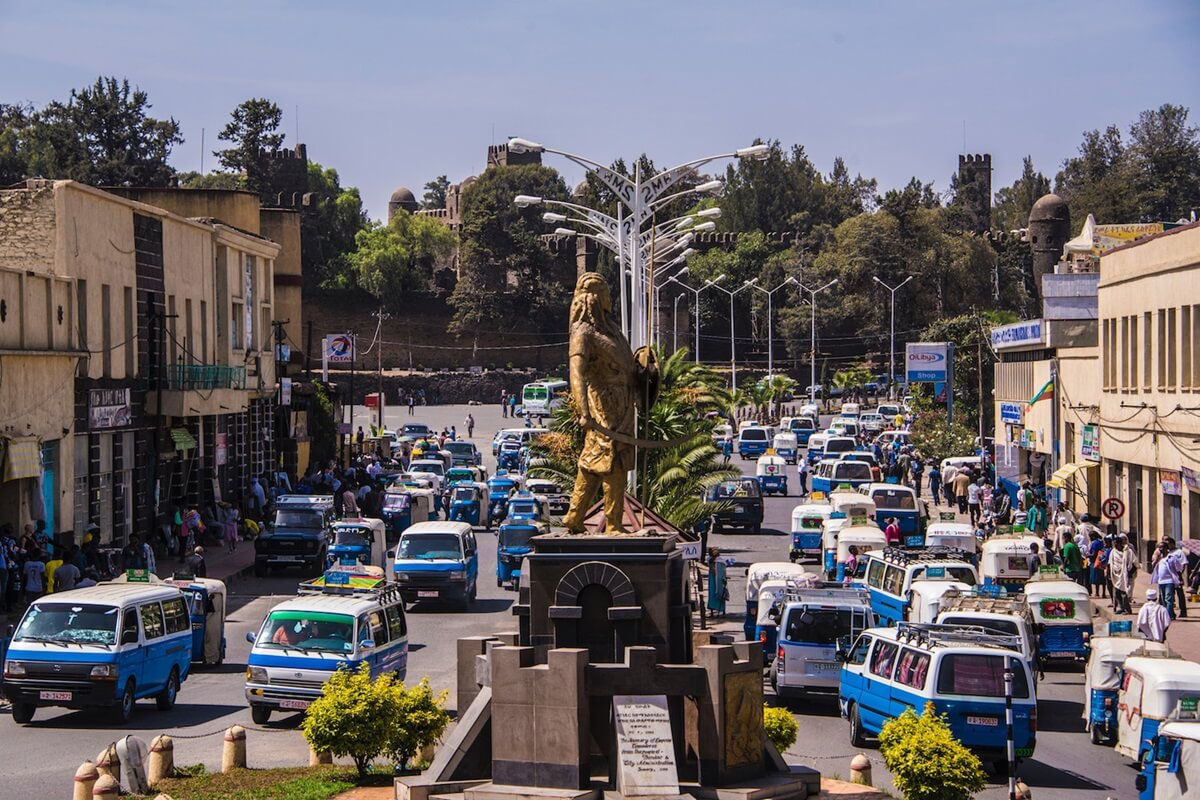
From the editors
Addis Abeba – The security situation in the Oromia regional state seeks all the attention from local and international actors that are closely observing recent unfolding in Ethiopia; over the course of the last four years, the safety and security of civilians has deteriorated from bad to worse, and the peaceful coexistence between the diverse nations that call the region home for decades has been torn apart due in large part to divergent political interests manifesting themselves through armed violence.
The long-existing intimacy, social harmony and unison among the different nations is now tumbled into mess. The recent atrocious massacre of civilians in Kiremu and Gida Ayana districts of East Wollega Zone, the targeted murders of more than 200 civilians in Tole Kebele, Gimbi Woreda of West Wollega Zone, and the displacement of hundreds of thousands of civilians, as well as looting and destruction of civilian properties and state infrastructure, all bear the hallmark of “grave violation of human rights”, according to the state-funded Ethiopian Human Rights Commission (EHRC).
Accounts of horror described in the EHRC report involved government security forces, the Oromo Liberation Army (OLA), armed groups from the neighboring Amhara region, and local civilians armed by the government itself. This, in and of itself, points a finger at the sheer complexities of the crisis.
Above and beyond the failed politics, however, this crisis also interrogates a much bigger problem: the collapse of the existing constitutional order.
While the EHRC’s latest report on these accounts of massacres reveals details of the last six months alone, the genesis of this crisis dates back to four years and is the outcome of a failed politics and deception. Left unattended, it has eventually caught up with Ethiopia and plunged the region into a full-fledged crime scene.
Above and beyond the failed politics, however, this crisis also interrogates a much bigger problem: the collapse of the existing constitutional order. The presence of Amhara region’s militia, and the non-state armed Fano members who crossed into Oromia’s border to engage in armed hostilities is perceptibly a constitutional sacrilege made worse by the ruling party’s reluctance to call a spade a spade, its spectacular failure to reclaim the violated constitutional order and state sovereignty, the two pillars of its source of power. The scenario laid bare not only the regional and federal governments’ failure on their responsibilities to discharge their constitutional duties, but also how both failed to protect the lives of civilians.
Worse still, while the situation is deteriorating, neither the federal government nor the Oromia regional state is willing to resolve the crisis peacefully; encouraged by their hardcore support base, both overtly declared the military means as the only solution to deal with the Oromo Liberation Army (OLA).
This approach is troubling for many reasons, of which two stand out. The first is politicians that are in charge of the Ethiopian state today have learned nothing from the humiliating experiences of the last four years, during which they have failed to “wipe out” the OLA militarily, despite countless public promises.
The second is they have come out unchanged from the recent experience of signing a peace accord with Tigrayan authorities after publicly holding the same stand to solve the two-years devastating war that began in Tigray and late on went to destroy Amhara and Afar regional states.
By many standards, the peace agreement signed between the Ethiopian government and the Tigrayan authorities can safely be termed as fragile, but undeniably, it is the first move signaling a significant development in ensuring peace and stability in the region, given both parties are held to account to commit to their end of the bargain.
The armed conflict in Oromia deserves no less attention and resolve.
In mid-December, members of the Ethiopian House of People’s Representatives (HoPR) elected from the Oromia region dared what can be considered as courage in today’s political dispensation in Ethiopia; they submitted a letter to the Speaker of the parliament, to Prime Minister Abiy Ahmed, and the different standing committees of the parliament, requesting a lasting peace in the Oromia region. Their letter consisted of ten points, one of which is a request for a Tigray-like peace process in Oromia.
As media that continued covering the crisis in Oromia and document the devastating human toll thereof, this publication unequivocally endorses the request from this group of lawmakers and calls on others to join.
Members of the international community who navigate through Ethiopia’s politics of winner takes all, local civic organizations, religious institutions, political parties, the media and influential individuals, who are otherwise convinced that there will be soon a final military solution to the crisis in Oromia, should abandon this popular misconception and join hands with this group of MPs to demand an end to this tragedy through political negotiations.
No one can enjoy peace out of the blue, neither can it be acquired through propaganda; peace needs tangible commitments, tremendous efforts and painful concessions. AS
 Ethiopia’s right to the Nile: A defense of sovereignty and the fair and equitable use among all Nile Basin Countries!
Ethiopia’s right to the Nile: A defense of sovereignty and the fair and equitable use among all Nile Basin Countries! Gonder City authorities implicate security forces’ involvement in surging crimes of kidnapping for ransom, murder; pledge to crack down
Gonder City authorities implicate security forces’ involvement in surging crimes of kidnapping for ransom, murder; pledge to crack down